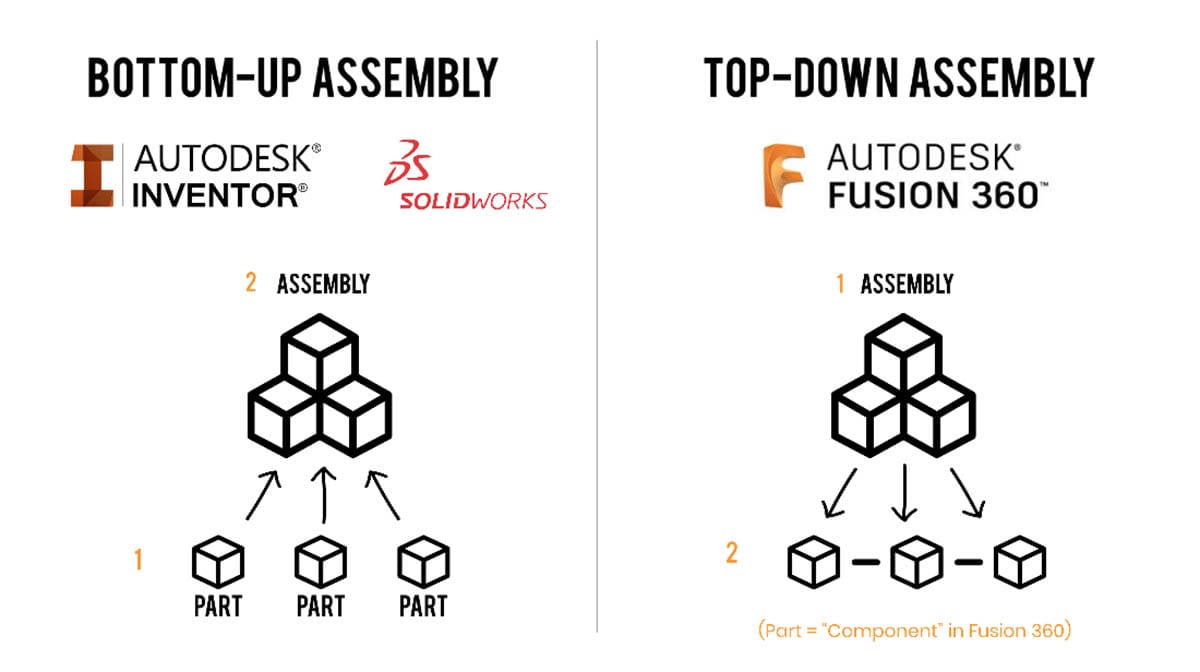Top-down and bottom-up design are two distinct approaches to programming that are used in the development of computer software. The top-down approach entails designing a program starting from a large scale and breaking it down into individual elements progressively until the entire program is designed. This approach is often used when programming is done at the system-level to ensure that each part of the program is compatible with one another.
The bottom-up approach, on the other hand, consists of breaking a problem into small components and building up from there. This approach is useful when designing individual algorithms or components of an overall program. By breaking up a problem into small, manageable chunks, it becomes easier to work on each piece individually and merge them into a complete program in the end.
Both approaches have their advantages and disadvantages. Top-down programming allows programmers to plan the whole project out in advance before tackling any single component, which can help ensure that the program is designed correctly and efficiently the first time. At the same time, however, the top-down approach is often very difficult to modify after initial design, as any changes made to one component may necessitate changes to the other components, creating a ripple effect.
The bottom-up approach often requires more time since each component must be developed individually, but it provides much more flexibility for making changes. On the other hand, since it may be harder to keep track of all the components and their individual functions, it can result in a more complex program that may take longer to debug.
Both techniques are important to understand and use in the programming process, as one approach may not always be the most suitable for all programming projects. The decision of which approach to use depends on the complexity of the problem, the resources available, and the programmer’s preference.






